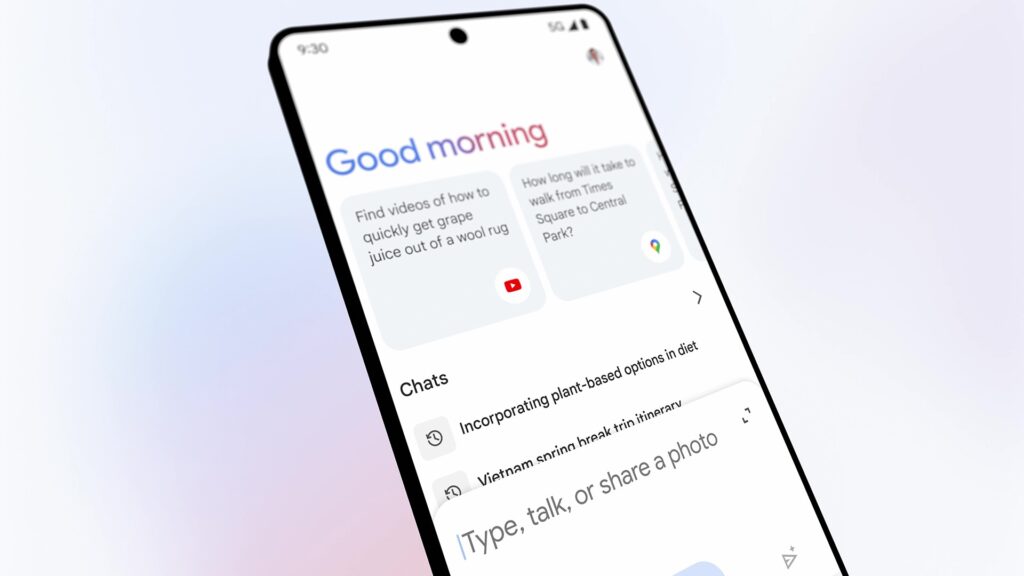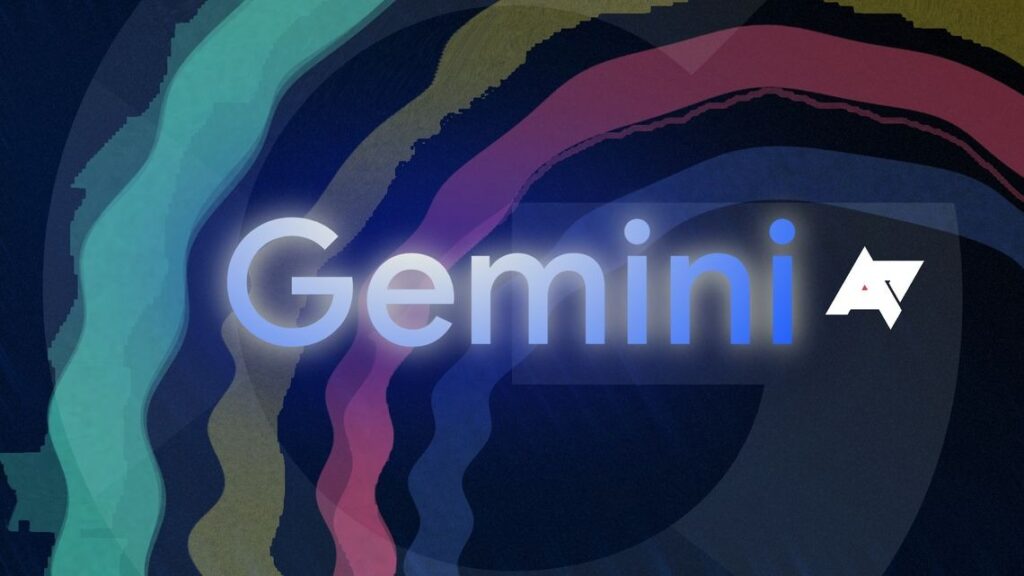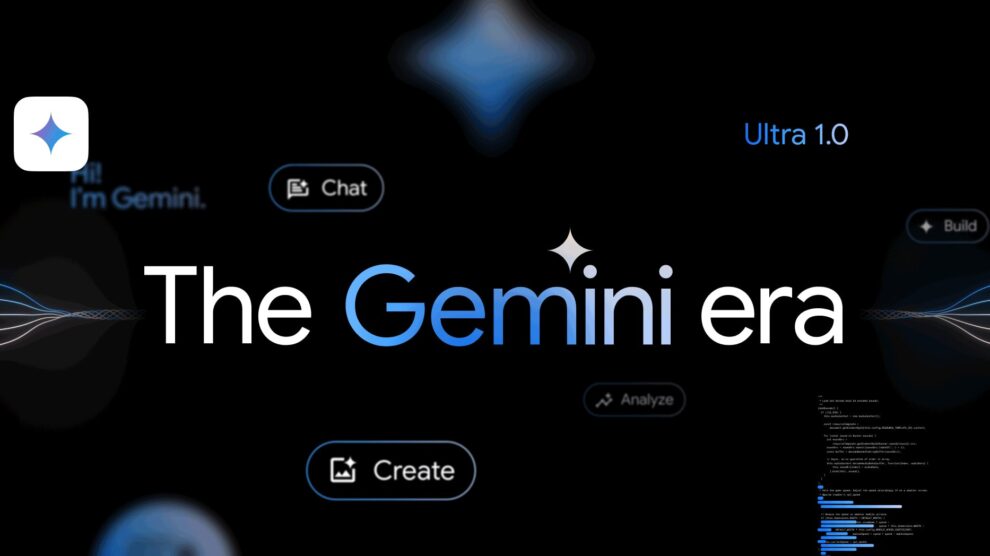The launch of Google’s new experimental chatbot Gemini, built using Google’s LaMDA language model, turns a new chapter for the tech giant’s artificial intelligence aspirations.
But how exactly does Gemini differ over the familiar Google Assistant? And what does Gemini’s emergence signal about Google’s overall AI game plan?
This guide breaks down everything distinguishing Gemini’s capabilities versus Google Assistant today, plus speculation around what the future holds for each product.

Google Assistant: The Staple AI Helper
Introduced publicly back in 2016, Google Assistant quickened Google’s smart home and hands-free query functionality thanks to tight integration across Android smartphones and Google Home smart speakers.
Diverse Hardware Access Points
A prime differentiator for Google Assistant includes device deployment versatility spanning mobile, auto, smartwatch, display and multimedia streaming device integration.
This wide dispersion powered ubiquitous assistant access fostering habitual daily use for many functions.
Powering Smart Home Device Interoperability
Google Assistant also emerged the connective tissue enabling Google Nest device ecosystem interoperability.
Whether adjusting home thermostats or arming security alarms, Google Assistant allows unified voice control bridging compatible gadgets.
Workhorse for Functional Commands
Generally, Google Assistant handles straightforward commands competently like controlling music playback, setting kitchen timer durations, appending calendar appointments or translating phrases between languages.
However, more complex conversational interactions exposing limitations still await maturation.
Introducing Gemini: Google’s Specialist AI Assistant
Contrasted against Google Assistant’s generalist leanings, Gemini positions itself as specialist AI assistant for creative jobs and complex informational queries.
Creative Capabilities
While still rather rudimentary, Gemini allows users prompting generated poetry, lyrics, code snippets or other textual content exploring parameters around themes or desired outcomes.
This aims moving AI beyond rote information retrieval towards higher-order tasks.
Contextual Conversation Comprehension
Additionally, Gemini attempts grasping context throughout multi-question dialogue chains more accurately before losing plot.
This specifically assists narrowing recommendations from broad starting points spanning travel destination advice down to city-specific historical site rankings for instance.
Summarization Talents
For exceptionally lengthy subject matter, asking Gemini to summarize key facets, concepts and takeaways helps focusing understanding without demanding digesting voluminous documents.
This enriches learning or research cycles pointing users towards salient passages quickly.

The Road Ahead: Gemini Rendering Assistant Obsolete?
Given its more advanced architecture plus specialized strengths, Gemini begets obvious questions around eventually replacing Google Assistant outright.
And Google’s product history offers clues supporting each outcome.
Graveyard of Abandoned Google Offshoots
Famously, Google shelved many experimental subsets struggling gaining user adoption at scale. Just a few names which never graduated beyond niche appeal: Google Glass, Google Plus, Google Wave.
Deploying Gemini alternatively risks it joining the software graveyard if novelty fades and users return habits favoring Assistant familiarity.
The Embrace, Extend, Extinguish Paradigm
But another precedented model sees Google supplanting existing products by initially launching complementary offshoots before folding capabilities into one unified solution.
We possibly glimpse Gemini’s genesis following this path launching as opt-in alternative. Then key features migrate crossing over Assistant until resources concentrating on latter sunset.
The Verdict: Wait and See Approach Still Best
While observers enjoy speculating on what futuristic product paths may unfold years ahead, Google themselves likely remain open exploring optimal Gemini versus Assistant positioning relying on user feedback.
This means definitively declaring one chatbot successor remains premature barring observable usage data and additional capability advancement required before realization.
For now coexistence seems the most probable medium term outcome unless findings argue definitive consolidation.










Add Comment